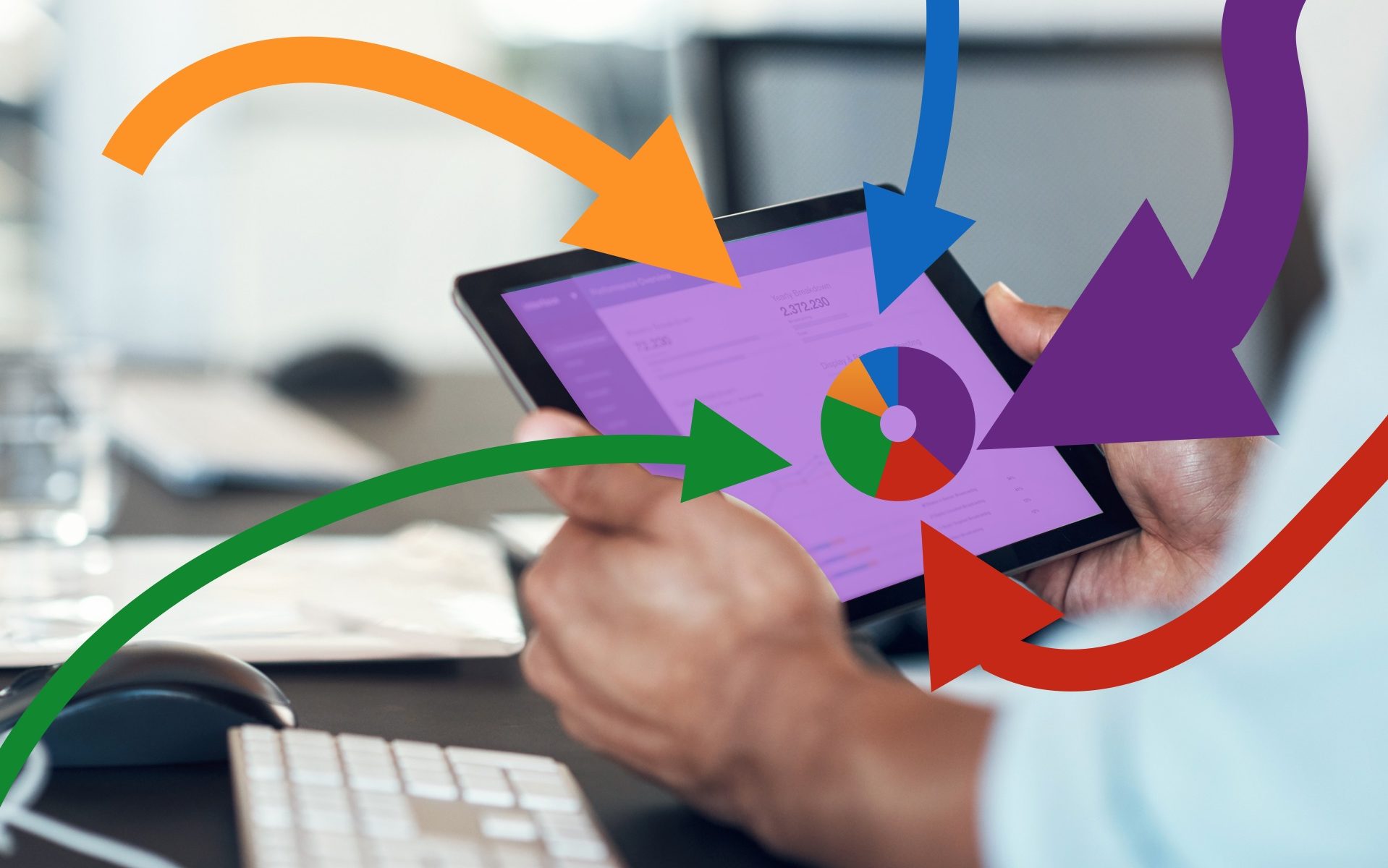Account aggregation and a new way to manage your money
Are you keen to track your finances and manage your overall budget at a glance? Bank account aggregation is a tool that allows just that. myLIFE explains how this fully secure service can help you in your daily life.
Online banks, budget management tools, banking apps, contactless payments and even card-free payments… Not a day goes by without the emergence of another technological innovation to help with our finances!
Alongside traditional banks, which go to great lengths to improve their clients’ digital experience, FinTechs are revolutionising what has been a relatively conservative sector until now. These young, innovative financial sector companies are forever inventing new solutions with the aim of making life easier for businesses, investors and bank clients. Account aggregation is one such practical solution.
What is account aggregation?
Account aggregators allow users to consolidate all of their bank accounts (current accounts, professional accounts, savings products, loans, etc.) in a single interface, no matter which bank they are held with.
This represents real added value for many of us, as it is quite common nowadays to bank with several institutions. For example, a cross-border worker may have a bank account in Luxembourg for their salary payments and use a bank in their home country to manage their mortgage. Similarly, an entrepreneur might choose to open a business account at a Luxembourg bank and use a different bank for their personal accounts.
The aim of account aggregation is to make bank clients’ daily lives easier by offering them an overview of their financial situation. But, it doesn’t stop there…
When you use an account aggregator, everything is centralised in a single tool. Users have a real-time overview of their finances […].
How do account aggregators make users’ daily lives easier?
Consolidating all bank accounts in a single interface can save clients precious time. They no longer need to download the app for each individual bank they use, or rack their brains for the login details to their various accounts online. When you use an account aggregator, everything is centralised in a single tool. Users have a real-time overview of their finances and can access a history of all transactions.
In addition, they can schedule alerts and receive notifications when there is activity in one of their accounts, e.g. if a payment is received or a balance threshold exceeded.
Finally, more often than not, account aggregators automatically put different expenses into categories: food, housing, leisure, transport, daily life, healthcare, etc. Payments are categorised and displayed as graphs or statistics, which helps users to better visualise where their money is going. Just by taking a quick look, clients may be able to see that their leisure spending (eating out, sport, trips, etc.) is taking up a larger chunk of their budget than it usually does, or how much of their budget is designated for housing expenses (rent, decorating, building work, etc.).
Account aggregators aren’t just used to centralise financial information; they really do help when it comes to budget management. Some tools also make recommendations or give advice to help you better manage your finances, although these services are not specific to account aggregators. Some Luxembourg banks also offer similar solutions that allow you to categorise your spending and view your budget.
A European directive (PSD2) was recently introduced and is intended in particular to govern account aggregation activities to ensure better protection of clients’ financial data.
What about data security?
Account aggregation involves a sensitive aspect of finance: the security of the data sent. Initially, FinTechs were behind the development of account aggregation applications. But for all bank accounts to be consolidated in one place, confidential information first needed to be shared to allow access to the various bank accounts. This may pose a risk for security and data storage.
A European directive (PSD2) was recently introduced and is intended in particular to govern account aggregation activities to ensure better protection of clients’ financial data. It also requires all operators to cooperate by giving access to balances and transaction logs to third-parties that meet strict criteria.
Enhanced data protection with PSD2
The EU’s Revised Payment Services Directive (PSD2) aims to foster technological innovation within the EU, standardise payment procedures and enhance the protection of consumers’ financial data.
In order to comply with this new directive, banks must institute new security rules and allow account access to third-party banking and professional operators. They are required to be compliant by December 31, 2019.
The purpose of the Directive is to enable Third-party Payment Service Providers (TPPs) to access client data in order to offer new services such as account aggregation and the provision of payment solutions.
Faced with this new state of play, traditional banks are either developing their own data-sharing interfaces or choosing to secure partnerships among themselves or with FinTechs specialising in the field.
This openness is strictly regulated. Banks must implement an Application Programming Interface (API), which creates a link between the external application and access to the bank’s data, to organise exchanges and ensure the system’s security, particularly by introducing strong authentication techniques. TPPs must receive prior consent from clients to access their data. In order to operate, they are required to obtain authorisation from the regulator.
In practice, bank clients hoping to use account aggregators must either go directly through their bank (if it offers such a service) or authorise an app to access their bank accounts so that it can recover their data (balances, bank transactions, transfers, etc.). In principle, it is therefore no longer necessary to share confidential login details.
This practice, which already existed prior to 2019, is now becoming commonplace in Luxembourg and across Europe thanks to PSD2. Consumers can therefore take fuller advantage of a more open banking ecosystem, known as “open banking”. Banks, meanwhile, can now offer their clients new customised services that are better suited to their needs.


 Mortgage
Mortgage Personal loan
Personal loan Savings
Savings